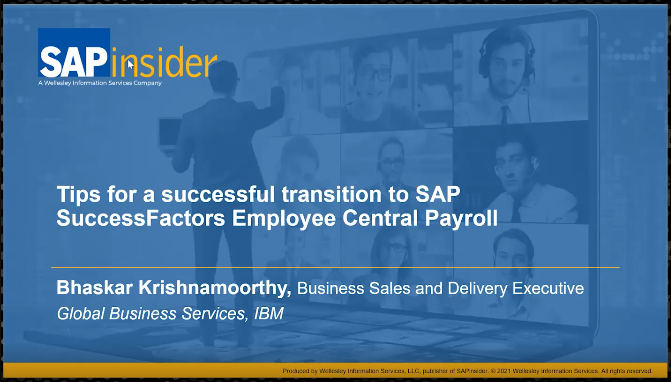Digging Deeper on Skills Data to Identify Employee Strengths
Meet the Experts
Companies are dealing with increasing skills gaps that have been brought on by shifting business requirements and heightened turnover. This has put a greater emphasis on training for many leaders, but are organizations doing all they can to identify the skills they have in-house? Skills data is often tied only to present and past job roles, but it’s common for employees to be capable of more than their job descriptions.
Meg Bear, President and Chief Product Officer at SAP SuccessFactors, says her company is building what it calls a “Whole Self Model” to get a broader view of employee skills data.
“We need to do more about understanding employees. You do a job today, you have skills on your resume, and they probably show up on your job description,” says Bear. “But those are tasks, not a skillset. You as an employee can bring a lot more to the table, but our systems are very narrow in how they look at you.”
Rajamma Krishnamurthy, Senior Director of HR Technology at Microsoft, says she’d like to see more capabilities around skills data functionality.
“We want to be able to extend SAP SuccessFactors investments I made to add critical attributes like skills,” says Krishnamurthy. “We would like SAP to help us garner the skills in a single platform; and enable us to leverage the same for the various experiences we would want to create.”
Opening Up the Skills Data Model
How can a company like SAP SuccessFactors give HR leaders like Krishnamurthy the skills data they need to executive their vision? Bear says creating a more inclusive data model will be one step.
“We will open up our data model to think more holistically about skills, including information around your passions, motivations, expressive traits, and help determine what you do better than anyone else,” she explains. “Then, you can apply for new roles with your skills, not just your previous experience.”
Bear says there needs to be more nuance around skills. For example, an employee may know how to use Excel, but that’s doesn’t necessarily make it one of their strengths. Broader skills data can also include any employee initiatives or volunteer work—anything that can point to a more accurate picture of what an employee can do.
Turning Skills into Opportunities
The goal for employees and companies better knowing their skills is to match those skills with opportunities. That’s where the SAP SuccessFactors Opportunity Marketplace comes into play, says Bear. Opportunity Marketplace is a tool for showing the jobs—either full-time or on a project basis—that are available to employees. The opportunities are listed based on skills, which can help employees determine best fits and where they may need to upskill.
“If employees can understand and be clearer about what they are bringing to the table, then you can start talking about belonging and inclusiveness,” says Bear.
With the Opportunity Marketplace, Bear sees the possibility for employee skilling to be self-managing. Upskilling just comes as a natural part of seeking new projects within the organization. Having that skills data is an important foundational piece.
What This Means for SAPinsiders
Not every skills gap can or needs to be solved by hiring. Digging deeper into the skills data of your employees allows for the greater potential to fill new roles and staff new projects internally. Ultimately that saves time and money that may be spent on recruiting.
Take a skills-based approach to staffing projects. If employees know exactly the skills that are needed to participate in a project, rather than strictly staffing based on job descriptions, then that opens up the talent pool and brings a greater probability that projects can be staffed without new hires.
Look beyond job descriptions for skills data. Employees do a lot more than their job description. Incorporate other contextual information, such as employee resource programs, interests, passions, and volunteer work, to get a bigger picture on a worker’s capabilities.









